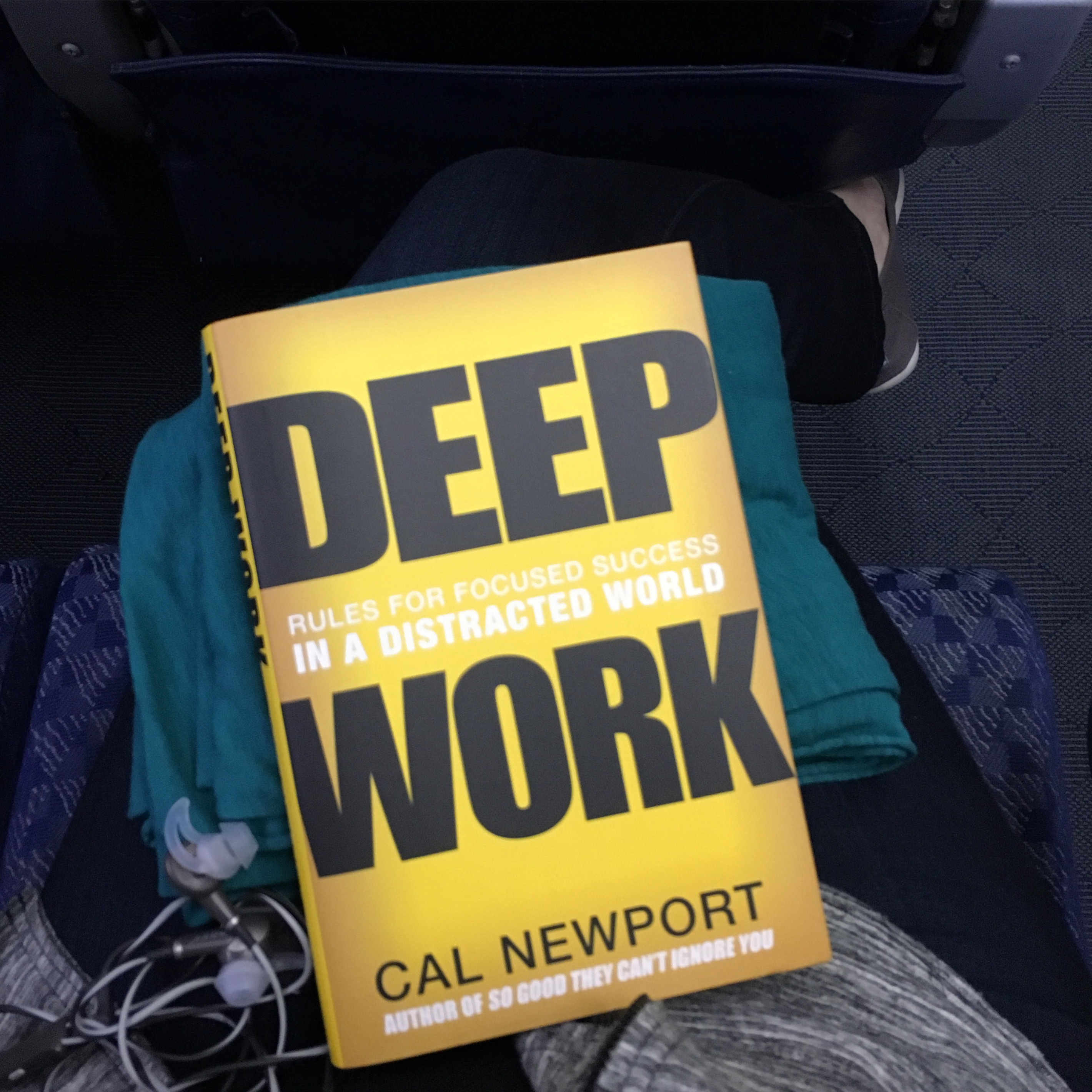The overriding feeling I had during my two weeks in India was a sense that I had barely scratched the surface. Visiting Bangalore, Mysore, Mumbai, and Udaipur gave me a flavor of the vast diversity of India, but it also gave me some much more valuable — a solid understanding of just how much I don’t know about India.
“It is impossible not to be astonished by India. Nowhere on Earth does humanity present itself in such a dizzying, creative burst of cultures and religions, races and tongues… It is this variety which provides a breathtaking ensemble for experiences that is uniquely Indian. Perhaps the only thing more difficult than to be indifferent to India would be to describe or understand India completely. There are perhaps very few nations in the world with the enormous variety that India has to offer. Modern day India represents the largest democracy in the world with a seamless picture of unity in diversity unparalleled anywhere else.” – A Rough Guide to India (emphasis added)
 Keshava Temple, Somanathpur
Keshava Temple, Somanathpur
Having no shortage of education and an ongoing commitment to learning, I have always considered myself generally knowledgeable. Rarely do I find myself in situations that are completely and utterly new to me, without a frame of reference or some context, but as I began to prepare for my trip to India, it quickly became clear that India would be just that. Completely and utterly new to me. Other than a vague and limited understanding of the Hindu religion and a few chicken biryanis under my belt, I was essentially starting from scratch.
I always do some research and preparation for any trip I take. Mostly I want to make sure I don’t miss anything that catches my imagination, but I also want to have some context for what I see. For India, I did more preparation than I ever have before. I read fiction, The Elephanta Suite by Paul Theroux, non-fiction, Maximum City: Bombay Lost and Found by Suketu Mehta
, a guidebook, India (Insight Guides)
, and countless blog posts. I even watched a documentary on The Story of India and one on the life of Ghandi to better understand the period seeking independence from colonial rule.
I still wasn’t quite prepared for the vast diversity and lengthy history of India. The differences between southern and northern India from how saris are worn to distinct preparations of the same types of food. The sheer number of languages and dialects spoken by many Indians. The different types of architecture from place to place and sometimes even combined in the same building, especially the grand Victoria Terminus train station in Mumbai.
 Victoria Terminus, Mumbai
Victoria Terminus, Mumbai
“India is, the cradle of the human race, the birthplace of human speech, the mother of history, the grandmother of legend, and the great grand mother of tradition. Our most valuable and most instructive materials in the history of man are treasured up in India only.” – Mark Twain
 Mysore Palace
Mysore PalaceIt’s astounding to think that my formal education (worth hundreds of thousands of dollars) didn’t touch in any meaningful way on India, a country representing almost 1.2 billion people and approximately 17% of the world’s total population. Or China for that matter. I bet it’s just as easy to graduate from college now with no appreciation or understanding of India despite the inarguable fact that it will be a major player in shaping our world in the years to come.
Whatever your impressions of India are today, and I’ve heard quite a few since my return, recognize first that India is a world in and of itself. To learn and understand, you can’t simply view India through our western American frame of reference. Prepare to settle in for a unique trip through the culture and traditions established over the long course of human history keeping an eye on the fact that they’re also still evolving and adapting in our modern times.
What I’ve learned is simple. Before, during, and even now after the trip is over, I’m still intrigued by the vast array of everything Indian…
—
For more on my time in India, check out Well Laid Plans, Challenges & Travel to India, Bandh in Bangalore, and Contrasting Shopping Experiences in Mumbai.
